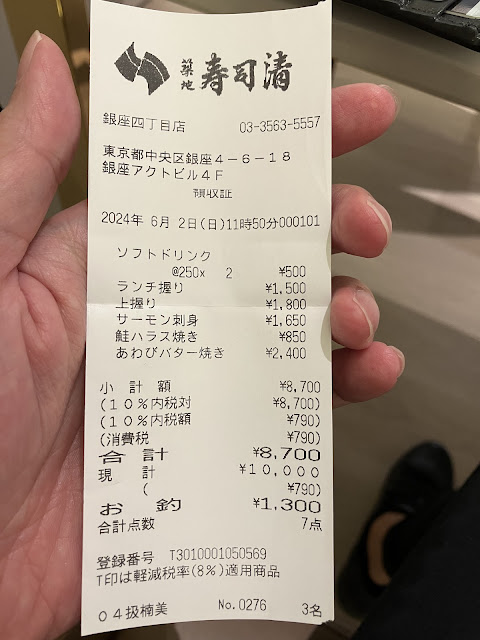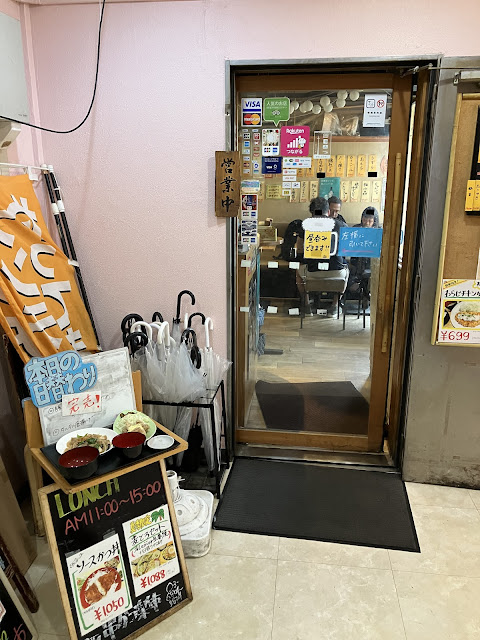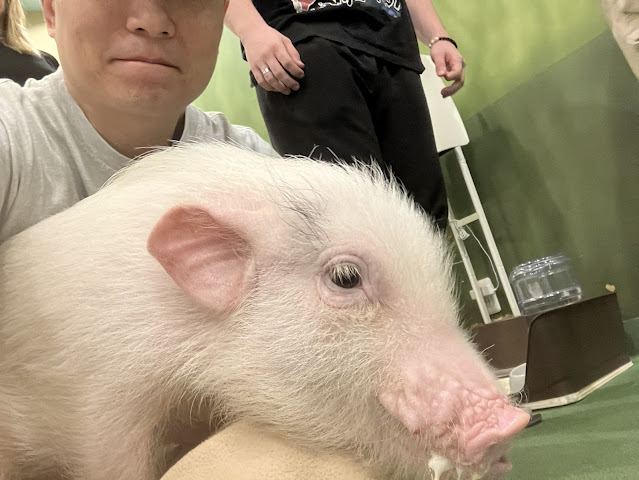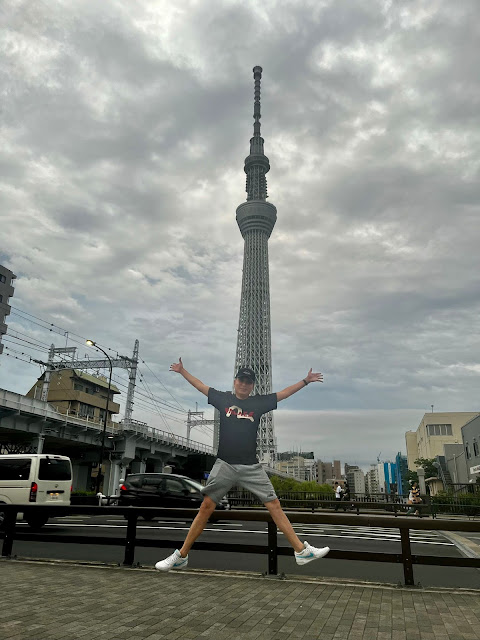Wolf Bargain/Money(12 things you need to know about Japan)
I went on a family trip to the land of the rising sun. During my trip, I saw many Singaporeans in Japan, easily identifiable by their T-shirt attire and Singlish accent. Coincidentally, I met an ex-colleague on the same flight. There is no better period to travel to Japan given our strong currency. These are the 12 things you need to know about Japan.
1.) The decade’s low JPY vs Singapore Dollar is a big incentive for Singaporeans to consider a trip to Japan. At the time of writing 1 SGD buys 115 Japanese Yen. The Nikkei 225 index is near its all-time high. There are around 123 millions inhabitants in the country. Japan is the 4th largest economy in the world. Her economy revolves around manufacturing goods many people around the world want, from cars to electronics. Their prowess in manufacturing is shown in many everyday goods. Most people will associate Japan-made products as a signature of quality. The Japanese drive for excellent is something we can learn. My trip co-insight with the Japanese Central Bank ending their yield curve control policy. The central bank intervened in the currency market recently after a decade long absence due to the alarming slide in their currency.
2.) Japan, the most graceful country in the world, had their education system focuses much in teaching manners to young kids early. It is the culture of respecting each other that makes this country a lovely place to visit. I have not come across anyone misbehaving in public. Their good mannerism inspires me to be at my best behaviour during the trip. I came across a few social taboos in Japan. No one crosses the road illegally, especially at traffic junctions. I see very few Japanese people wearing sunglasses on sunny days. It was drawn to my attention by my wife. Wearing sunglasses is considered rude in Japan. Ladies prefer to wear a hat to shield them from the blinding lights. Another old reasoning for not wearing sunglasses, which I think no longer applies, people wearing sunglasses are usually associate with the Yakuza or organised crime. No one eat and walk in Japan. Why? I have no idea. Maybe the f&b outlets selling those food have an obligation to the trash generated. The Japanese are just very responsible and thoughtful people. Culturally, it is not appropriate to criticise anything publicly even the food tastes awful.
3.) We started out from Nagoya City. I have chosen the city as our first stop due to it being less touristy. Nagoya offers kids-friendly attractions. The Nagoya Science Museum and Legoland are two great places for families and their little ones. I was especially intrigued by the exhibitions in Nagoya Science Museum. The exhibitions are very well put together. One can learn about electrical principles and physical principles of water and other scientific phenomenon. There were plenty of explanations about how certain home appliances work. Material science was explained in great detail. We enjoyed ourselves greatly. I hope our new science centre can learn a thing or two on how to put up great scientific exhibitions. We paid ¥1,600 for tickets to the long-term exhibition. An additional ticket is required for the special exhibitions. Secondary school students and below qualify for free tickets. My son got free entry to the center. Special thanks to the Udon ramen shop owner just across the Science Museum for serving us his last bowl of Udon on a bitterly cold rainy day. The udon is delicious, unfortunately we can’t get second serving.
(Nagoya Science Museum with its round dome)
4.) Legoland theme park is one of the top attractions in Nagoya. Our family spent close to a day in the park. If you ask me, Legoland offers more bank for bucks to Disneyland Tokyo due to the shorter waiting period in between rides. My son loves building Lego bricks more than Mickey Mouse. All in all we paid close to ¥16,000 for Legoland entry tickets. If you bought tickets online, it will save each person ¥500. The only imperfection was me turning into “Merlion” 🤮 after the dragon ride. I had to sit out the other rides for the rest of the day. Remember if you have weak stomach, please excuse yourself. As for Disneyland, Tokyo, I would avoid the theme park if one is not a Walt Disney fan or you are travelling without young kids. The theme park was overwhelming with people given we were there during their off peak season. Can you imagine what peak season will be like? The long waiting time for popular rides, sometimes up to 1.5 hrs took away much of the magic of going to Disneyland although the joy rides are well curated. There are also limited food options within the theme park.
5.) Affordable food and accommodation in Japan are widely available. Convenience stores offer delicious meals at an affordable price. A rice wrap costs no more than ¥160, an ebi burger not more than ¥400. I find more Lawson convenience stores than any other convenience store. My conspiracy theory goes, Lawson has gotten its name because it might have been started by an ex law enforcer. The logo looks so much like a police badge. Just saying only😅.
6.) A three-stars hotel costs somewhere between SGD $150-$220, around ¥20,000 a night in Nagoya and Tokyo. One small culture shock, there was no bottled water provided in most hotels we stayed as the Japanese believe their tap water is clean enough for drinking. It is also their effort to cut plastic waste. Thrash bins are not widely available, everyone is supposed to take care of their thrash till they reached home. The upside, you get an amazingly clean city even in touristy areas.
7.) A good sushi and sashimi meal in the heart of Ginza costs no more than ¥9,000, which will normally costs 50% more in Singapore. Japan just a decade ago was an expensive place to travel, but not anymore with its depreciating currency. If one has gotten used to paying Singapore price, Japan food and services had gotten cheaper. I made a rough estimate. The cost of living is probably 10 percent lower in Japan compared to Singapore. The average wage of a working person is around ¥350,000, approximately SGD $3,000. The cheapest studio apartment in central Tokyo costs ¥50m, approximately SGD $435,000.
One tip: if you have a lighter taste palette, you might want to avoid the ramen. Most ramen is cooked to suit the Japanese taste buds. I find most ramen too overpowering for my taste preference. I am sure they are delicious if they can go easy on the salt. Out of respect, we stick to the original version. The quality of their sushi, sashimi dons, curry and fried chicken rice is off the scale. One can have a portion for less than ¥1,100( SGD $9.5). Most restaurants located on the 2nd or 3rd floors offer value for money lunch sets. Most Japanese office workers have their meals in those less prominent shops.
8.) Travelling around cities can be done by using their subway, but if you are traveling with kids, a taxi ride can save you the hassle of navigating their complex rail system. One will be spending precious holiday time finding exits and entrances, which can be a pain if you have hungry screaming kids. A typical taxi ride within the 2-3km radius costs no more than ¥1500-¥3,000 or SGD $13-$27. The key is not to go beyond a 4km radius, which will make taking taxi a scary affair for your wallet. Having a Suica card makes travelling easy in Japan. Children goes half fare by travelling with a Manaca card. The card could be purchased at any JR ticket office. The Japanese took precision and accuracy to a whole new level. The Shinkansen punctuality is second to none. Departure times are rarely delayed by more than a minute. Given the number of trains travelling in and out of Tokyo, the statistics are impressive. A full refund will be given if the train schedule is more than 2 hours behind time. A high speed rail ticket from Nagoya to Tokyo costs ¥11300 and children is on half fare.
9.) Tokyo is the fashion capital of Japan. There are many well known sports brands found on Cat Street@Harajuku. GU pronounced as G.U. In Hanyu Pinyin sounded like “cool”. The budget brand of Uniqlo offers the same quality at a substantially reduced price. A black-T shirt costs only ¥490 or $3.90 after tax refund. At that price, I could have my wardrobe taken care of for the next 7 days for less than SGD $30. Other worthy purchases include stationary items. I was at Itoya, a fine stationery shop in Ginza. There are so many innovative stationary items and fine writing paraphernalia on sale. Remember to bring enough moolah. The shop was packed with shoppers. For those shopping King and Queen, luxury brands are at least 10-15% cheaper than Singapore.
10.) Some must-see attractions include Teamlab and Mt. Fuji. We were told by the guide about Mt. Fuji could be visible for only up to 120 days a year. We managed to catch a partial view of Mt. Fuji. We visited the Hakone Shrine and Lake, Kawaguochi, which was part of the trip to Mt. Fuji. As folk legend goes, Hakone Shrine was built in order to chase away the nine dragons that were creating havoc for the villagers in the 7th century. Every shrine comes with its own arch because the Japanese believe God can come flying into any shrine riding a crane. The arch act as a bird sanctuary for them to rest.
11.) I am familiar with Teamlab’s works given their collaborations with Singapore National Museum and National Gallery Singapore. It was quite an experience to see their artwork in person. They belong to a genre call experimental art that incorporates lights, water and everyday objects. The exhibition is very popular with locals and tourists, pre-booking is encouraged.
My latest trip to Japan was an eye-opener. Society and civil order are well maintained. The only downside to the trip. I will never ever get used to buying Japanese products retail in Singapore. Some imports have an incredible 300% marked up. All in all, the 9-day trip costs around SGD $2800 per person with the bulk of expenses spent on airfares, accommodations and entrance fees to all the theme parks. Moderate spending on shopping and public transportation. Best time to travel will be between May to June or Oct to Nov if you dislike taking tons of winter clothings along. Early July to Oct is peak typhoon season. Temperature fluctuates between18-26 degrees during our stay in Japan. Travelling is such an enriching experience, it got me wanting for more. The next adventure beckons…
Please consider following us on telegram for the latest update on Lone Wolf investor by clicking on the link below. No form filling, no payment required, no collection of data, no data mining, no hard selling, no obligation.
https://t.me/joinchat/oCgkD3sQFRMzMWM1
Disclaimers
All investments is highly speculative in nature and involves substantial risk of loss. We encourage our reader to invest very carefully. We also encourage reader to get personal advice from your professional investment advisor and to make independent investigations before acting on information that we publish. Much of our information is derived directly from information published by companies or submitted to governmental agencies on which we believe are reliable but are without our independent verification. Therefore, we cannot assure you that the information is accurate or complete. We do not in any way whatsoever warrant or guarantee the success of any action you take in reliance on our statements. All information provided are for education only. Buyer beware,do you own due diligence.








































Comments
Post a Comment